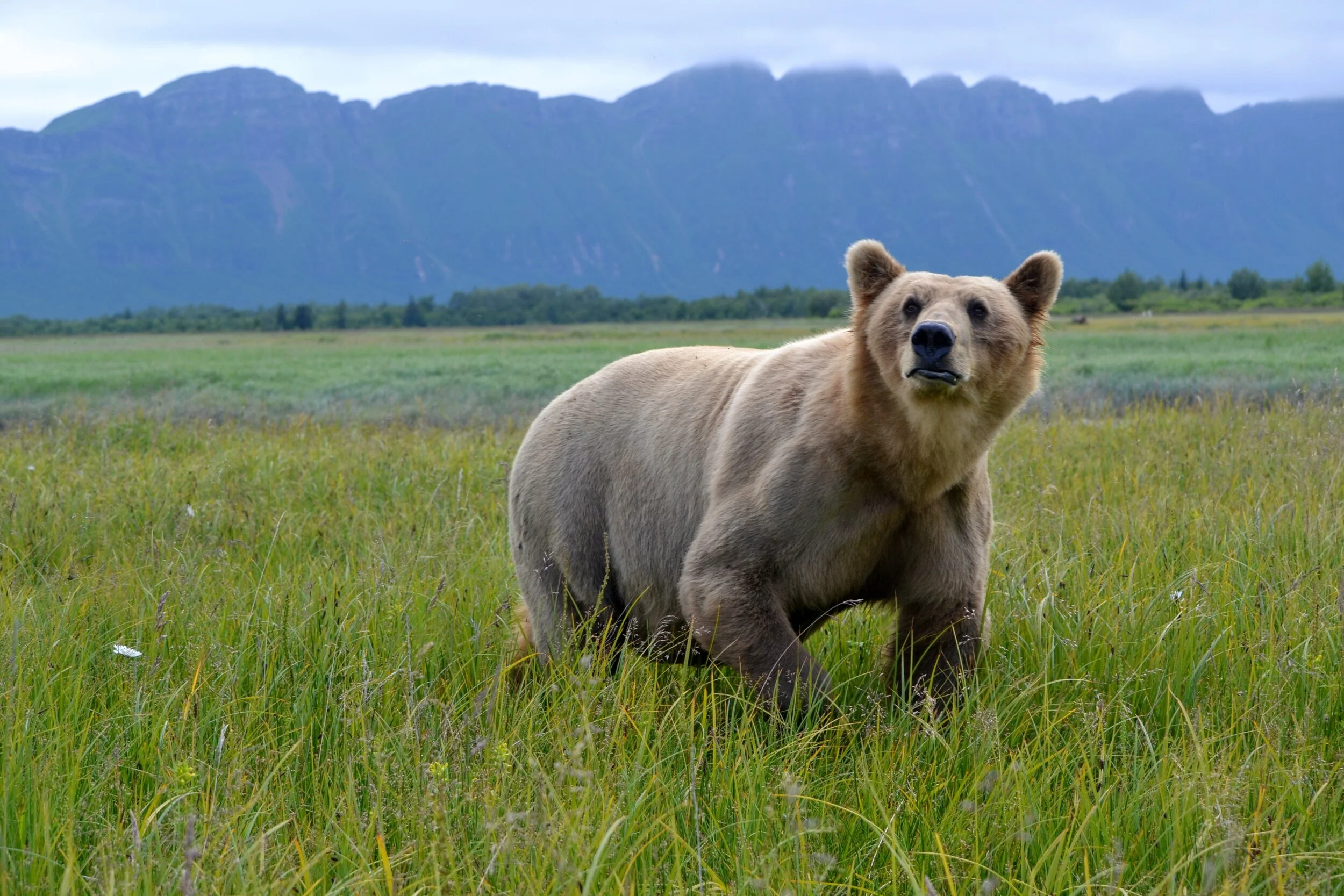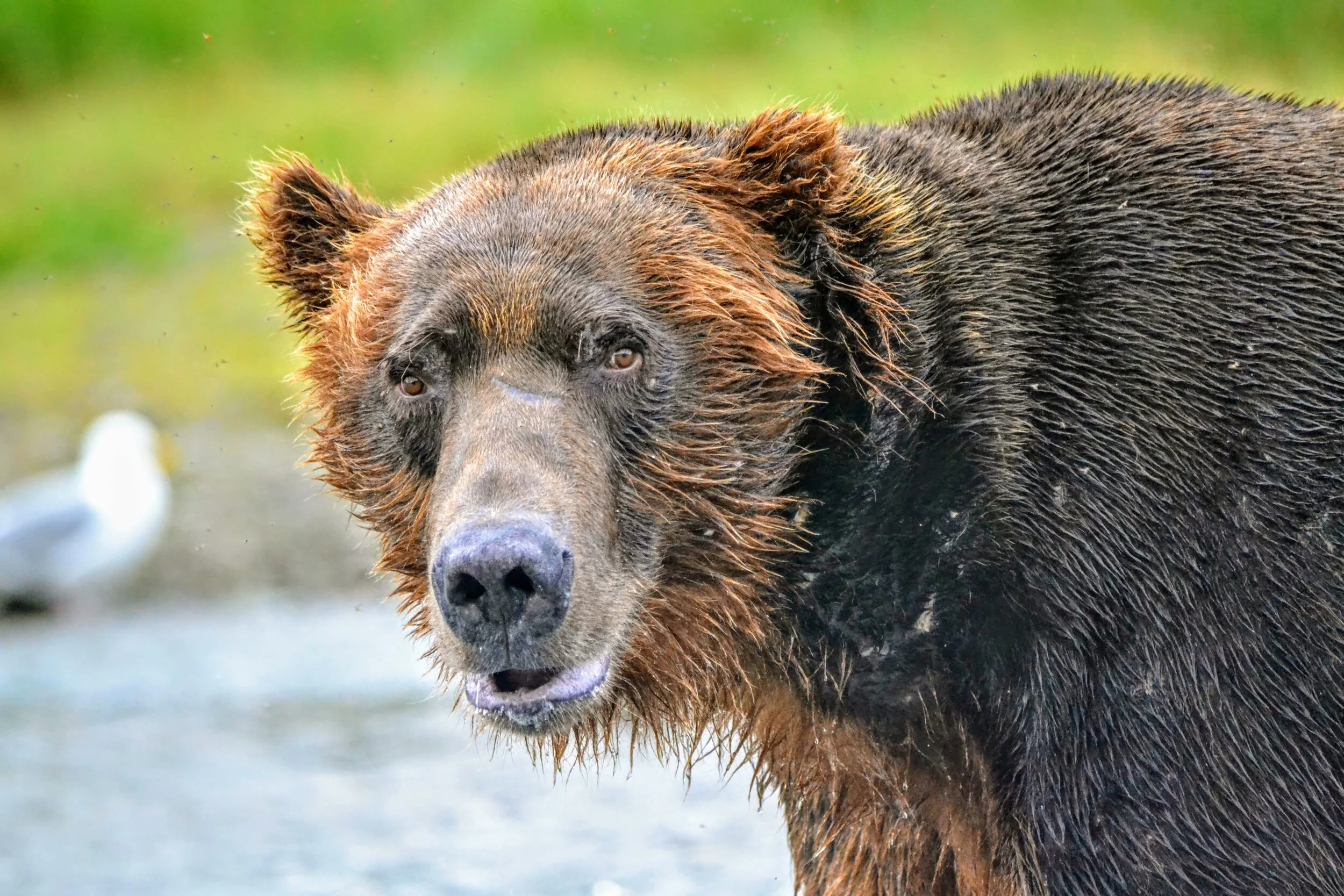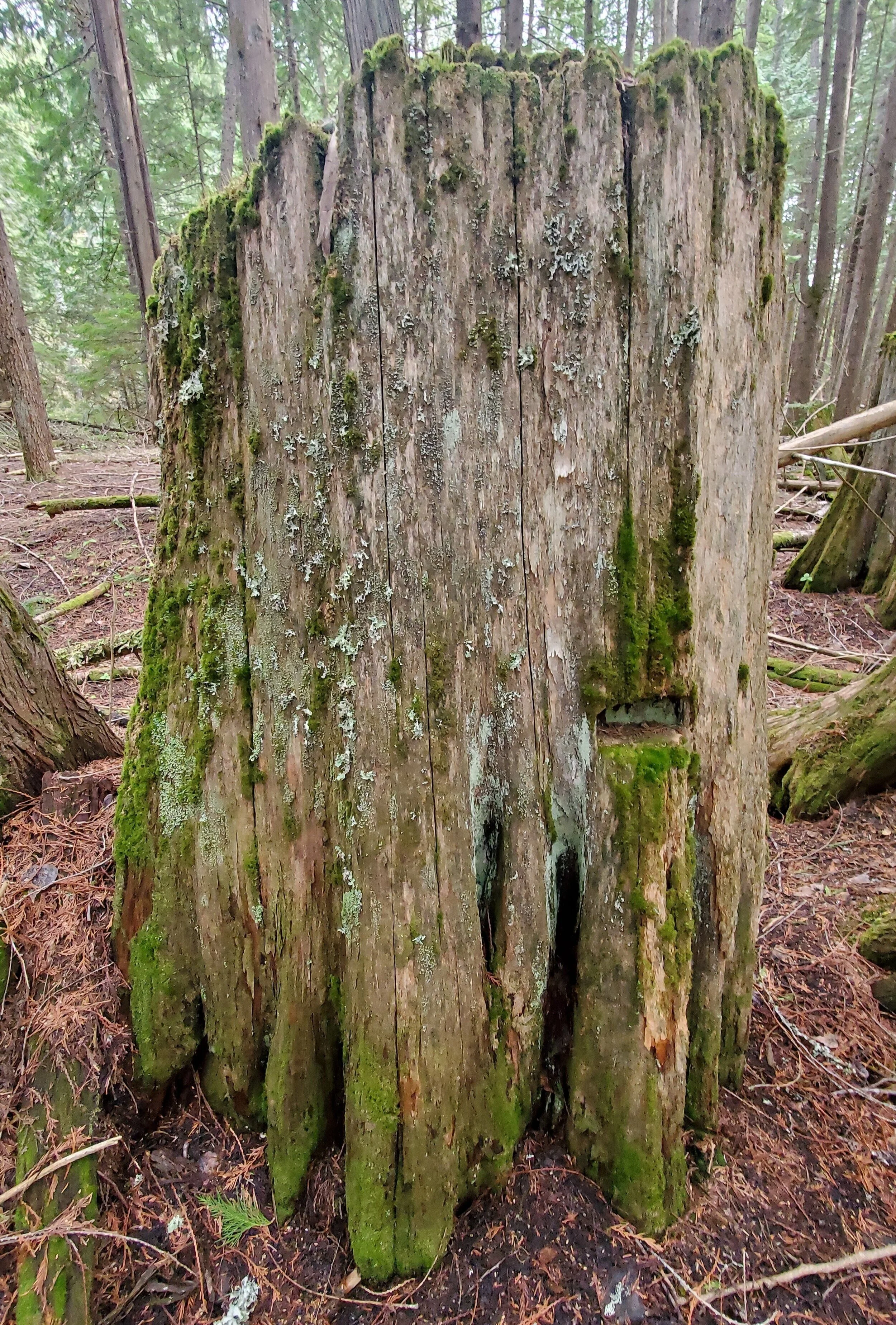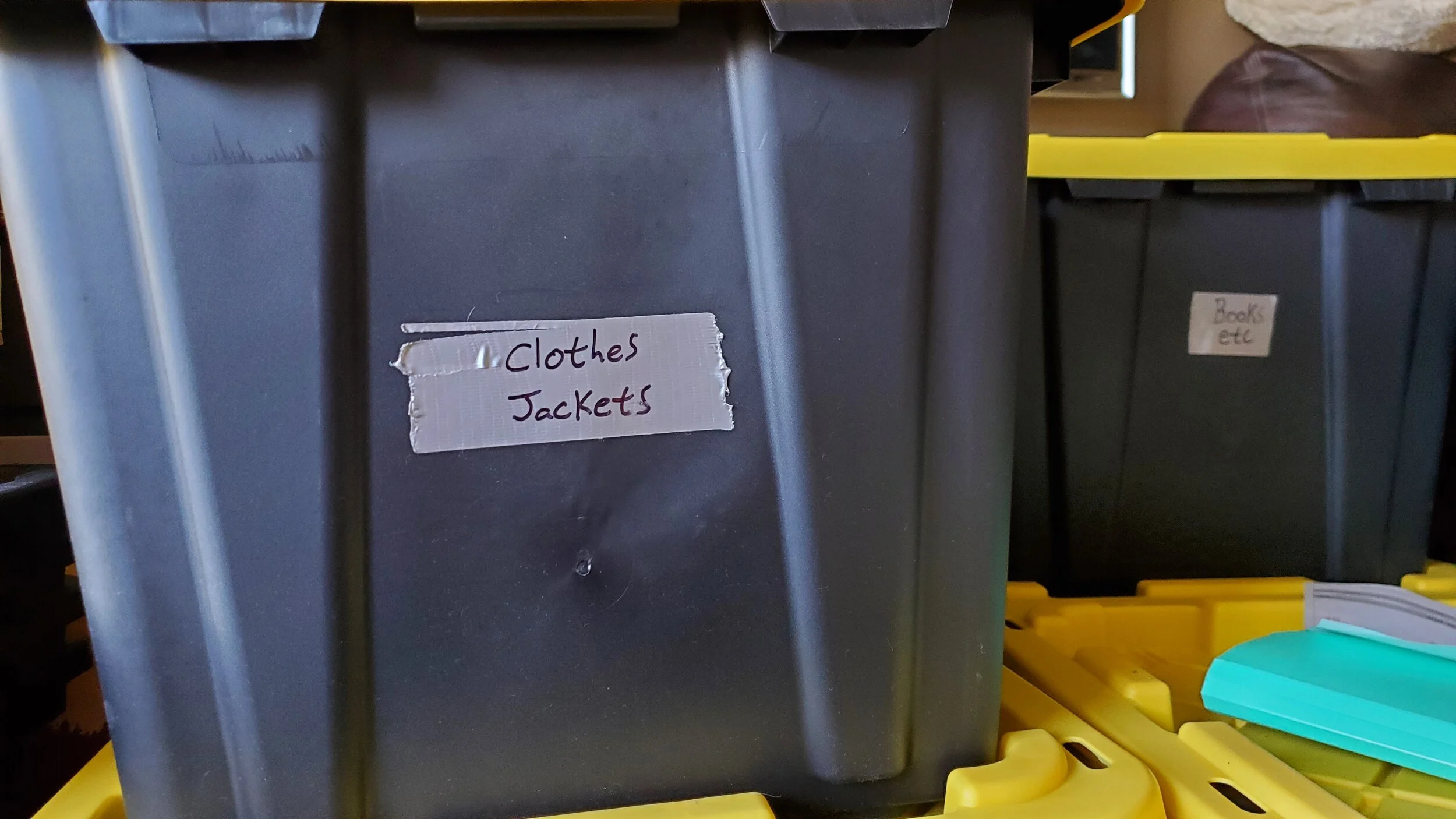What is a remarkable place and why does such a title hang on a location?
Remarkable is defined as “worthy of being or likely to be noticed especially as being uncommon or extraordinary” according to the Merriam-Webster dictionary. Remarkable, like beauty, is in the eye of the beholder. Before you read on, take a moment to define remarkable for yourself, because your definition is based on your experiences and will differ from mine.
To me, a remarkable place has held onto its wildness, it is raw, unaltered; a magnificent display of the power of the Earth and its processes. How do our definitions compare?
Were you thinking of an amazing landscape that you once experienced, that you spent hours or days journeying there? Was that spot the intention of your trip or did you somehow, miraculously, end up in that remarkable spot?
Katmai National Park on the Alaskan Peninsula is remarkable. It is a place of undeniable beauty, raw landscapes and utter disbelief. It is a spot I often think back to, parts of me long to return.
Katmai NP, AK.
I was fortunate to call Katmai National Park my place of business for the summer of 2018, and not just a place of business, but as a tour guide. I was a tour guide for Andrew Airways based out of Kodiak Alaska and we would fly clients over the Shelikof Strait in float planes to the Park.
Lunch at the beach, Katmai, NP.
Glaciers hang on rugged peaks, volcanic fumaroles spew sulphuric scents, the tides must be known, and bears out number people. Remarkable.
Katmai NP.
There is something special about feeling unremarkable in remarkable places. I’m not sure if I would call it an experience of awe, but it could be. A feeling that nothing else in the world matters but is what is happening here and now, completely absorbed in the moment. It is not a deep sense of flow state where your body can effortlessly maneuver without thought for the activity at hand. I feel at ease, on edge, alert and absorbed. What is that feeling called?
To be in a position that is not the top, to be in an environment where we, as humans, are no longer the dominant species, we are in another's home. This is an opportunity to experience yourself and surroundings unlike any other.
Confrontation of the curious, Katmai NP.
I enjoy being reminded that, in the grand scheme of the world, that I and what I am experiencing is unremarkable. The stress I experience about unemployment is only within me, it is not affecting the world. The ego that is concerned with others’ perspectives of me, is only within me. My problems are only within me and by allowing myself to feel that feeling of unremarkableness I am reminded that my problems do not exist in remarkable places.
Moments before he had walked within 2 meters of me. Katmai, NP.
I was never within 10 meters of a bear and thought “I need to pay my bills”. I have never stood in a glaciated valley and said “I need to change my oil”. There has not been a time while crossing a mountain pass where the woes of my job were heavier than my pack.
Flying over a glacier, Katmai NP.
To be in remarkable places makes us feel unremarkable, where our egos can rest, and we can experience the world in the present. We are goofy, strong, enduring, our honest self.
Notes from my latest outing on the subject of remarkable places
“If a place is remarkable, when I am experiencing that place, I feel small and unremarkable. Perhaps it is in these places where one can grasp the briefness of life. The Grand Picture. My worries, concerns, negativities in my mind melt away. There is no use to think of them here, for they are pointless, non-existent, except in my mind. When I am here, I can let it all go. The only thing that matters is surrounding me.”
Holt Lake, BC.













